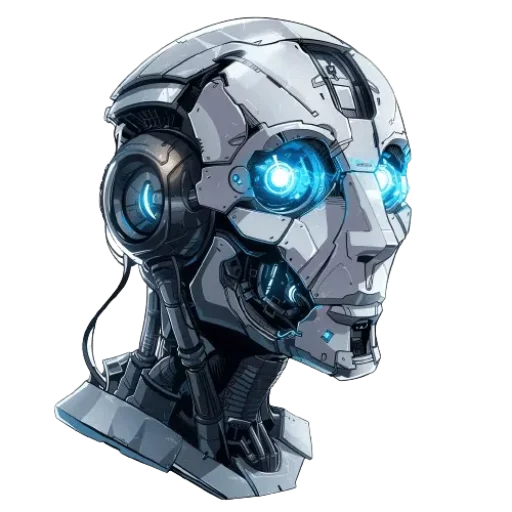Key findings
Furniture finishers shape, refinish, and restore furniture to its desired color or finish.
GenAI is unlikely to automate this work due to its physical nature.
Blue-collar workers like furniture finishers are shielded from major AI disruption, as GenAI cannot perform physical tasks.
The demand for premium goods and services may increase, leading to a rise in income for blue-collar workers.
While some skills may be automated in the future, the unique nature of GenAI automation wave means that blue-collar workers are less likely to be impacted.
The work of furniture finishers relies on active listening, critical thinking, and time management, skills that are not easily automated.
How could AI or automation replace or complement job activities?
AI and automation could be used to automate activities such as information ordering, digital data processing, and operations monitoring for Furniture Finishers.
AI could assist in selecting finishing ingredients, recommending colors, and identifying damage extent.
Automation could handle surface preparation, distressing, and upholstery refurbishing.
For example, AI could analyze customer preferences and suggest suitable finishes, while automation could efficiently sand surfaces for finishing.
Job description
Shapes, finishes, and refinishes furniture that is damaged, worn, or used, as well as new high-grade furniture, to the desired color or finish.



0 Comments